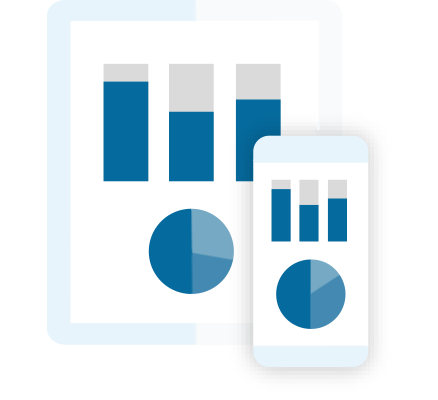Often seen as part of marketing automation, lead scoring is a tool used to identify your most highly-engaged clients and prospects.
In our opinion, marketing automation refers to a broad range of technologies for solving business problems. From this domain, we can define two categories of challenges, or automation opportunities. The first is where you have existing processes that could be improved through automation. In a financial services environment, this includes client reporting, event management, fund document delivery and client services communications.
The second category covers processes that would be impossible to realistically implement without automation technology. A common example is a lead nurturing program. In theory, you can manually check on each client and prospect every day, look at what they’ve engaged with and drive them to the next piece of content on their journey with your brand, but that’s a practical impossibility. As lead scoring usually forms part of a lead nurturing program, it falls into the second category.
As an automation technology provider for over 20 years, we’ve helped our clients optimise sales and achieve marketing alignment. Central to this is the StoneShot approach to lead scoring, which we will elaborate further in this post.
The automation in lead scoring makes it realistic to implement
How do you currently provide feedback to the sales team about who’s engaging with your content? Do you provide them with reports after each email or campaign? Would they go through who clicked each link or visited each webpage?
Instead of looking at each email or event report for client engagement, lead scoring automatically creates a report across various marketing activities including email, website, events, videos, etc over a wide period. The result is a numerical “score” of how engaged each contact is.
The StoneShot Marketing Platform allows you to capture digital interactions with the website, email campaigns, videos and events to assign scores to those actions. The scores can be viewed according to contacts, accounts and propositions.
Key benefits to sales and marketing
Sales can identify their most engaged clients and prospects easily, view prospect lists by proposition or overall, and look at particular clients to gauge their interest in specific products. However, it’s also extremely useful for cross-selling as sales can spot opportunities where existing clients are showing interest in additional products. It also functions as a retention tool as sales can identify at risk clients when their engagement drops.
Marketing can objectively measure success by identifying the increase in digital engagement with content across campaigns. They can also build nurture streams based on individual client behaviours for a more targeted experience for clients. It can also be a tool to help justify campaign spend by putting an objective figure on engagement (i.e. an absolute number of points).
How does it work?
Client and prospect activities are tracked to give points for certain activities.
The following is an example scoring system:
Reading an email – 1 point
Clicking on a link in an email – 2 points
Visiting a page on the website – 2 points
Registering for an event/webcast – 3 points
Attending an event – 10 points
Each day this score is automatically updated in the system, giving a total score for each contact.
In theory, if a firm typically has a baseline of 3,000 points’ worth of engagement with their fixed income products each month but then run a two-month fixed income campaign, lead scoring can provide an objective measure of the increase in engagement generated.
StoneShot prefers to call it engagement scoring
Aside from being applied for new business prospecting, our scoring tools also highlight opportunities to cross-sell, grow existing clients, and identify possible retention issues.
This is enhanced by a time decay model. For example, you could have two clients with 200 points, where one might have rapidly accumulated those points but not engaged with anything for months, while the other might be steadily accumulating points over time, adding 20 or so each month. Since our solution looks at a rolling total of three months’ worth of engagement, it would be able to identify that the first example is an at-risk client, having not engaged with anything for months.
To identify which clients are engaged with specific propositions, lead scores can be categorized by certain pre-defined tags. This gives a dual purpose for tags. The first being for search and filters and the second for engagement scoring. The most prevalent approach is to define tags by asset class or product, so you can identify who’s most interested in certain product categories.
Since you will use a subset of your tags for lead scoring, we recommend using those ones that the sales team would be most interested in, typically by product or strategy.
Here is a typical tag categorization example:
- Overall
- Fixed Income
- European Equities
- UK Equities
- Asian Equities
The platform can calculate this score every day for every contact in StoneShot, as well as the overall score, giving a total score for the past 90 days’ activity. Reports can show the most engaged contacts overall, the most engaged prospects for a particular proposition, and look at an individual contact to see what they’re most interested in.
Frequently, prospects have a low overall engagement score, but a high rating against one asset class or product. Pin-pointing engagement in this manner is an effective way of generating hot leads from within your existing client base and identifying opportunities to sell them additional products.
So, what are the steps needed?
First, we set up your scoring criteria. We score each engagement activity, specify time decay duration, and configure different weightings on different pieces of content.
Next, we need to agree which tags you want to use, which typically will be the products or propositions you sell. We do the service of pre-tagging your existing content to backdate for six months, scoring all activities for that period. This negates the need for fresh data to build up.
Finally, we share the insights with sales via automated prospect lists or CRM.
As an optional step we can also integrate engagement scoring with automation for nurture journeys.
In summary, lead scoring is used to identify your most highly engaged clients and prospects with benefits that extend to both sales and marketing. Sales can identify their most engaged prospects easily while marketing can objectively measure engagement across campaigns. We fondly call this engagement scoring at StoneShot because the same method can be used to cross-sell, grow existing clients, and identify possible retention issues.
If you want to learn more about how we help our other clients implement this process, book a meeting.






